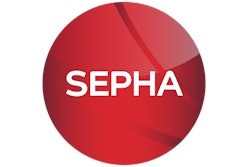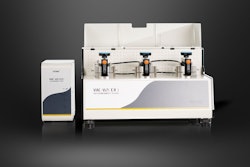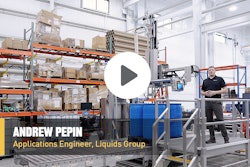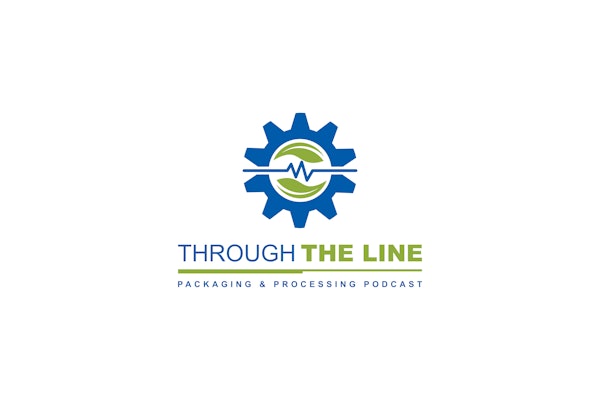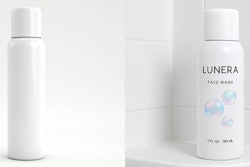
This content was written and submitted by the supplier. It has only been modified to comply with this publication’s space and style.
Sepha has contributed to the recently revised ASTM F2338-24 standard test method, helping raise industry standards for leak detection of flexible packaging. This update formally establishes vacuum decay as a deterministic and scientifically validated method for testing non-porous flexible packaging, moving beyond traditional, probabilistic techniques such as blue dye and bubble emission tests.
The revised standard marks a step forward for industries where maintaining product integrity is essential, particularly in pharmaceuticals, radiopharmaceuticals, and medical devices. By offering more precise, consistent, and reproducible testing methods, the updated standard strengthens quality assurance across the supply chain.
Driving Change Through Industry Collaboration
The revision of ASTM F2338-24 is the result of collaboration between global industry leaders, regulatory experts, and technology providers. Sepha contributed to this process alongside other stakeholders, working to address prior limitations in the standard related to flexible packaging.
Through participation in technical discussions, method evaluations, and performance studies including the Sepha Multi-Q and Flexible Membrane, Sepha helped shape a robust framework that reflects the capabilities of today’s leak detection technologies.
Key updates in ASTM F2338-24
- Formal Recognition of Vacuum Decay for Flexible Packaging: Vacuum decay is now officially recognized as a deterministic and dependable method for testing non-porous flexible packaging. This provides manufacturers with a non-destructive alternative to destructive and subjective methods.
- Detection of micron leaks as low as 5 microns: The revised standard confirms vacuum decay’s ability to identify leaks as low as 5 µm, for products demanding the highest levels of sterility and containment.
- Validation Through Interlaboratory Studies: Inter-laboratory studies, supported in part by Sepha, demonstrated the repeatability and reproducibility of vacuum decay across varying conditions and packaging formats.
Strengthening Industry Standards and Sustainability
The adoption of deterministic methods like vacuum decay aligns with global regulatory expectations and supports manufacturers in achieving higher compliance standards. This transition improves quality assurance and reduces material wastage and contributes to sustainability by eliminating destructive testing methods.
Sepha’s involvement in shaping ASTM F2338-24 reflects its dedication to supporting the pharmaceutical and medical device industries with robust and reliable testing technologies.
Innovation in CCIT
The ASTM F2338-24 revision is more than a technical update; it is a statement of progress and a shared commitment to continuous improvement. Sepha is proud to have contributed to this milestone and remains dedicated to driving innovation in CCIT through collaboration, research, and technological excellence.
By promoting the latest approved testing methods, Sepha aims to help its customers provide safe and reliable products to a global market, reinforcing its position as a trusted leader in the field.



